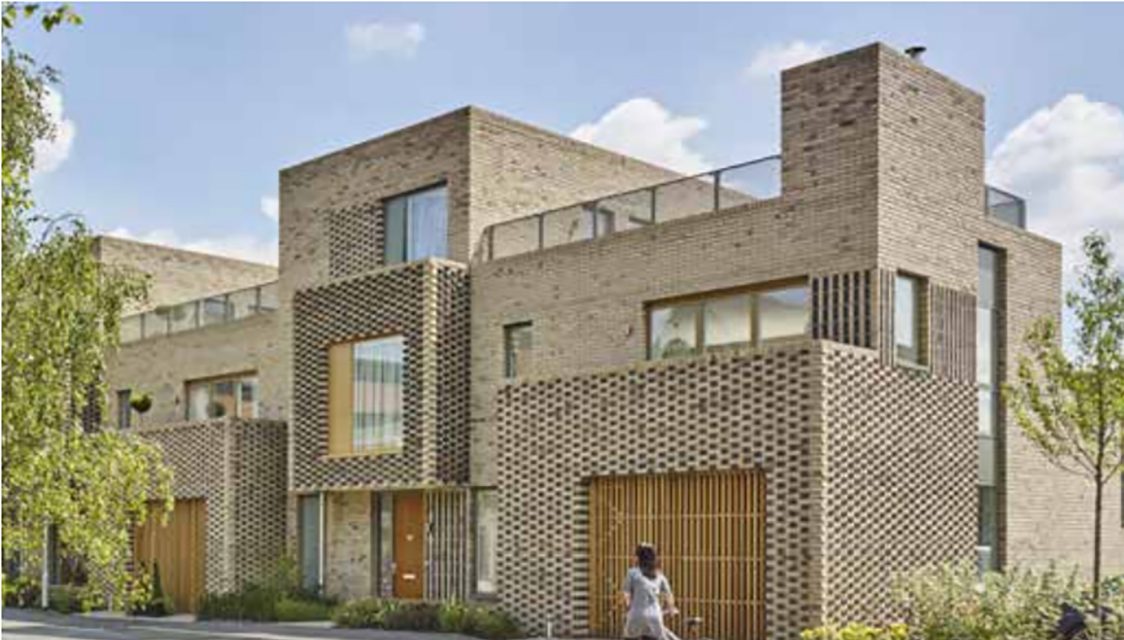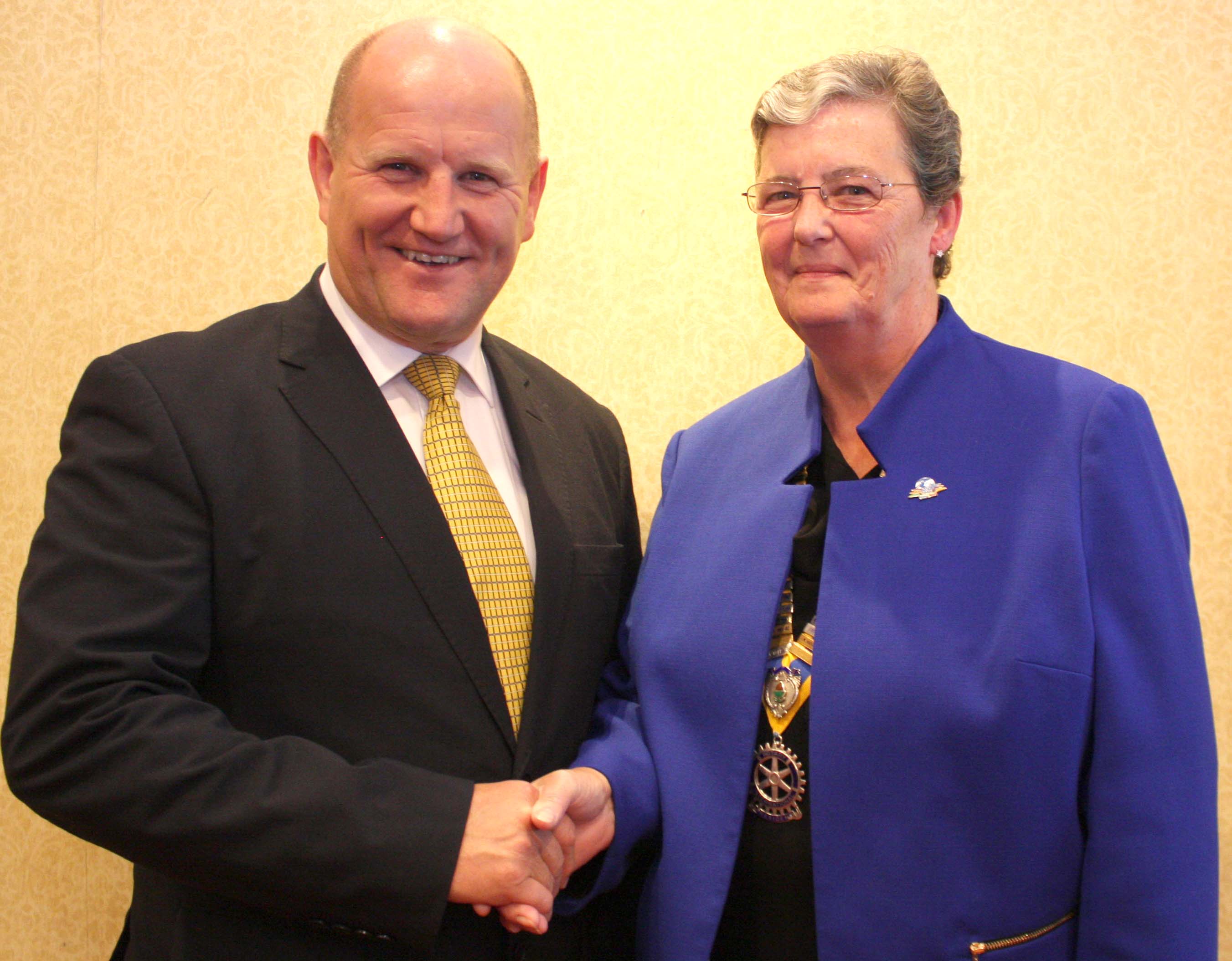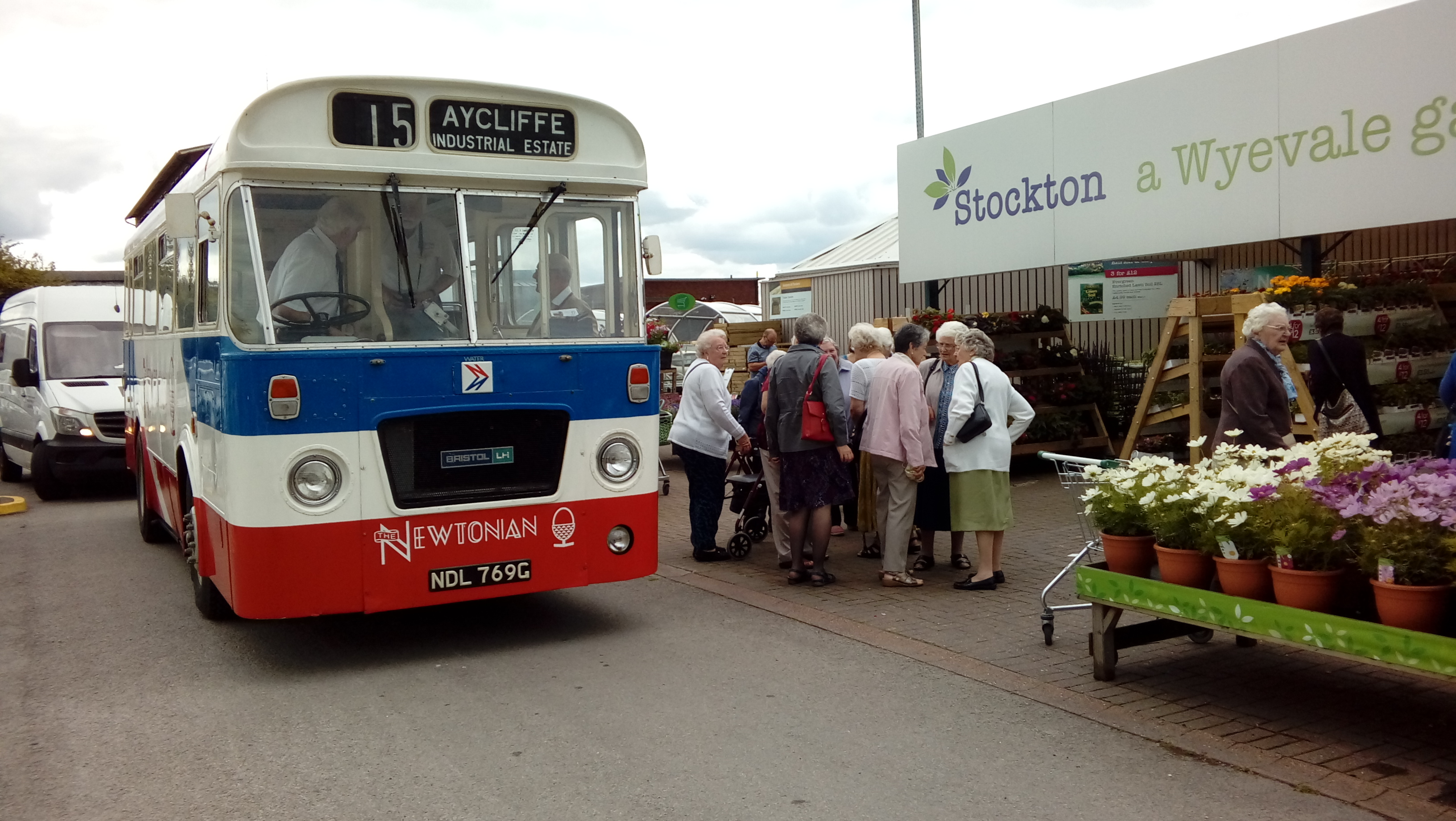Dear Sir,
This is a précis of a longer article which you can read here: bit.ly/PFTF20
The government has produced a White Paper on Planning, promising to “scythe through red tape and get things done”.
What does it propose? Do we need to worry?
FASTER, CLEARER, BEAUTIFUL
The White Paper says that Local Plans take too long and are “complex”, “vague” and “unambitious”. They ought to be produced in 30 months, to be digital, and to be a third of the length. Instead of setting planning principles (applied case-by-case) as at present, the government wants clear RULES. Every area of land in the County will be labelled:
• ‘Growth’
(“suitable for substantial development”),
• ‘Renewal’ (for smaller scale development) or
• ‘Protected’ (Green Belt, AONBs,
Conservation Areas, recognised ‘green
space’).
All planning applications in Growth Areas, and some in Renewal Areas, as long as they adhere to the clear rules in the Local Plan, will automatically be granted outline planning permission. The government wants to change the method for calculating housing need; it is expected that this will reduce the number of houses required in County Durham.
The White Paper promises “beautiful” new houses and proposes “a fast-track for beauty”. To achieve this, it envisages agreed “masterplans” – including ‘pattern books’ of off-the-hook designs – which will secure automatic approval.
PROBLEMS AND CONCERNS
The big corporate developers like the proposals (in itself deeply worrying). Most other commentators – eg: RTPI, RIBA, CPRE, Shelter … and Durham County Council’s Planning Department – have significant reservations.
1. After nine years preparing the County Durham Plan, we will get 42 months to prepare a new one.
2. Neighbourhood Plans may also need to be changed … if they are needed at all.
3. The proposals would effectively remove council Planning Committees from the planning process. They also remove the opportunity for the public to object to most planning applications.
4. Planning is about ‘the right development in the right place’; surely it needs careful application-specific assessment, not broad-brush permission?
5. Housing needs are the basis of the economic aspirations in a Local Plan – so reducing the housing requirement is to choke growth. The White Paper thus makes a nonsense of the government’s promise to ‘level up’ County Durham … this would be ‘levelling down’.
6. What will happen to agricultural land, and the spaces between settlements, eg: will the fields between Newton Aycliffe and Middridge be declared ‘Renewal land’ suitable for small-scale development … or ‘Growth land’ (and Middridge will coalesce into Great Aycliffe).
7. In existing residential areas the White Paper will allow ‘permitted development’ for applications adhering to rules set in the Local Plan … “enabling increased densities [and the] gentle intensification of our towns and cities”. We all know what this means.
8. What is ‘beauty’? The drawing illustrating a ‘beautiful’ off-the-hook house is horrific.
9. In terms of Climate Change, the White Paper sets a deadline date for net zero and promises 75-80% lower CO2 emissions “from 2025”. It envisages better walking, cycling & public transport. But when you read that it also wants “simpler” environmental impact surveys, alarm bells start ringing. Most worryingly, from 2025, new houses will merely be ‘zero carbon ready’, to become “fully zero carbon over time as the electricity grid decarbonises” -– ie: inviting builders simply to shove poor-quality electric heating into new homes, relying on the greening grid to do the rest. Not everything about the White Paper is bad. However, in its attempt to automaticise planning, it threatens to allow a development disaster.
John D Clare










